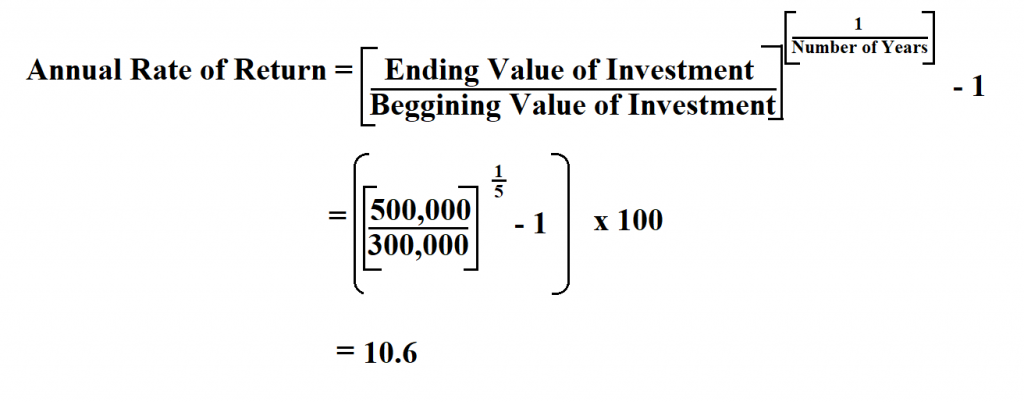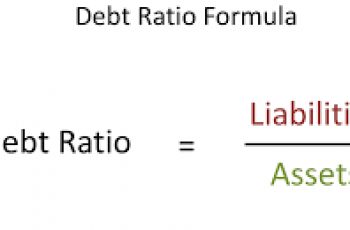In this article, we will define and discuss how to calculate annual rate of return(ROR) but before that, lets define it. ARR is the amount earned on an investment over a 12-month period, and is usually expressed as a percentage. That percentage can be positive or negative, depending on the amount gained or lost compared to the principal.
When we report the annualized return of a particular investment, there is a principle that it must adhere to and it is;
- An investment cannot report its performance to be annualized if it has not been in existence for less than one year. We use this principle to keep funds from reporting a predicted performance instead of reporting facts.
ARR does not take into consideration the potential effects of compounding over many years. It is limited by not including a growth component. But as a single period rate, it does serve its purpose.
We mainly use ARR as a general comparison between multiple projects to determine the expected rate of return from each project.
Formula to Calculate Annual Rate of Return.

Example:
Suppose the beginning value of an investment was $ 300,000 and its current value is $500,000. If the investment was to last for 5 years, find the annual rate of return.

Thus, the annual rate of return is 10.6%.

